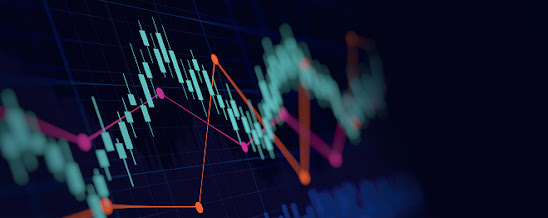Robert Wadlow- Tallest man ever
Robert Wadlow: Tallest man ever Humankind has constantly been interested through extremes: as a result, the report for the Tallest man (ever) has been featured in nearly each version of the Guinness World Records e book due to the fact that its inauguration in 1955. These have been the phrases of Norris and Ross McWhirter, the founders of Guinness World Records, in 1955. They went on to disregard claims for legendary giants such as the biblical Og, King of Bashan (allegedly 9 Assyrian cubits, or 494.03 cm/16 toes 2.5 in tall), citing "confusion of units". Aged eight, he overtook his 5-ft 11-in-tall (180.3-cm) tall father, Harold F Wadlow, and towered over his 4 youthful siblings. When most kids have been nevertheless being carried by using their parents, Robert used to be in a position to raise his father up the stairs of their household home. Rob...





.jpg)

Comments
Post a Comment